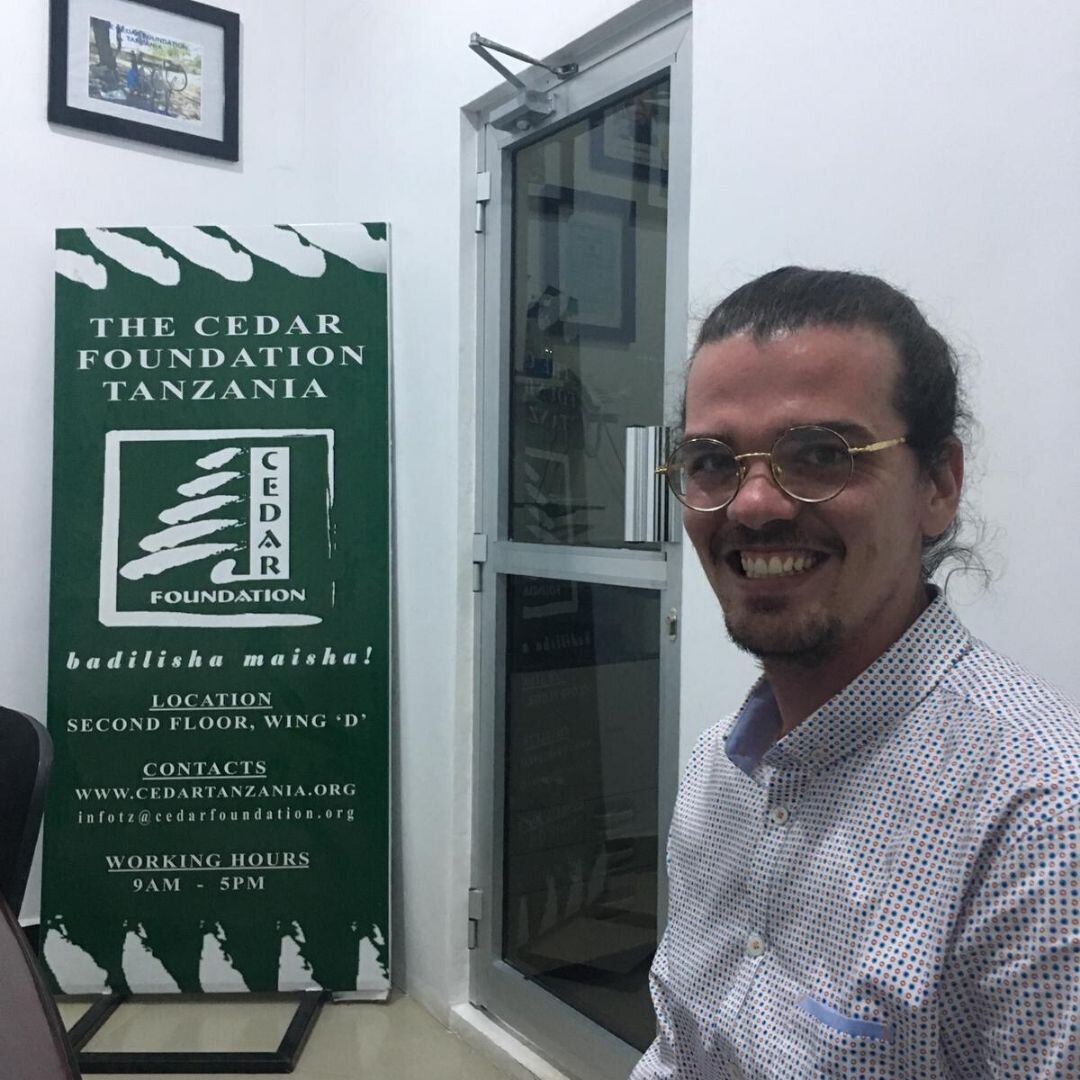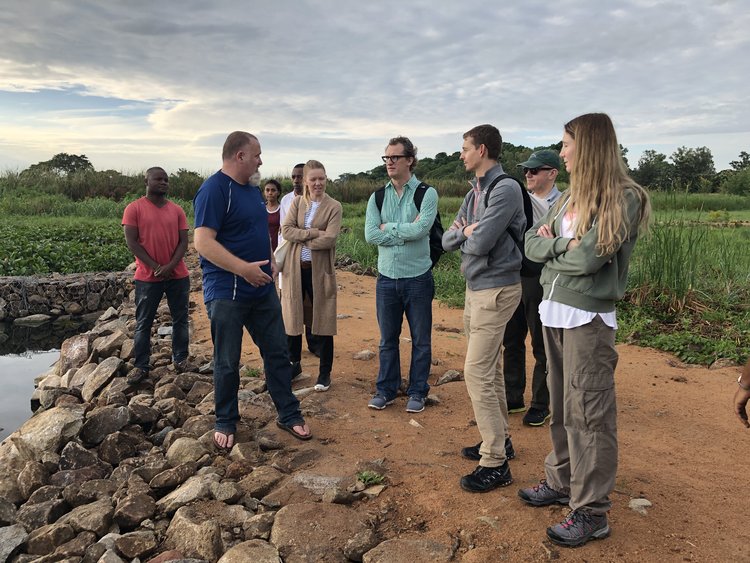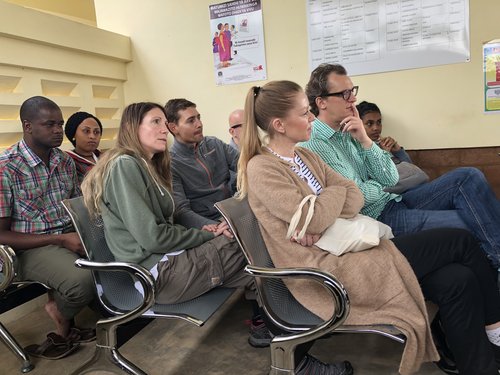Myth #1
Not-for-profits are not supposed to make a profit.
Certainly, not-for-profits should be a profitable entity. The difference lies in how the profit it makes is used.
Just like other businesses, a not-for-profit should be both sustainable and viable. A not-for-profit has to spend its profit according to its mission and vision. It cannot go to the owners as a profit.
I often like to say a not-for-profit is a for-purpose business.
Myth #2
You can see if a Not-for-profit is good by looking at the overheads.
This myth implies that an effective and good not-for-profit only spends a small amount of its expenses on overheads.
The nature of many not-for-profits are that their projects and programmes are delivered by people. People, who often must be paid for their knowledge and expertise. Often this is by far the most costly expense for a not-for-profit. And it is the hardest expense to get funding for.
Having professional leadership, diligent planning and sound measurement of impact is the most cost-effective way to run a not-for-profit.
Myth #3
Not-for-profit vs charity vs NGO – it’s all the same.
These words are often used interchangeably although they are not entirely equal. Here’s some definitions:
Not-for-profit: These are organisation that provide services to a community and does not exist to make a profit for its members, owners, or shareholders. Non-profit is typically the American word and means exactly the same.
Charity: In Australia, a charity is an organisation that is registered the Australian Charities and Not-for-profits Commission (ACNC). All charities are not-for-profits but not all not-for-profits are charities!
NGO: Non-Governmental Organisation. Sometimes NGOs are called Civil Organisations. These are organisations that operate independently of any government. Of course, they adhere to laws and regulations, but they are not led by, or created to fulfill a government policy or programme. They are typically not-for-profits – but not all not-for-profits are NGOs!
Australia for Cedar Tanzania are all three. We are a not-for-profit, a charity and an NGO.
Myth #4
Not-for-profits are not businesses.
Just like not-for-profits should make a profit, not-for profits are also often registered businesses.
A not-for-profit follows the same rules and regulations as normal business and has an ABN and is registered with ASIC.
As a business, they need to report to ATO and have their finances audited. They need to have opening hours and be publicly accessible.
In my opinion, successful not-for-profits are run like any other successful business.
There are a few exceptions such as associations, cooperatives, corporations, and trusts.
Myth #5
People working for a not-for-profit are all volunteers and they are less professional than in other businesses.
Although many not-for-profits are lucky to have dedicated and brilliant volunteers it is often necessary to employ people especially in key positions.
When a not-for-profit grows larger and is able to take on more work, it is often also time to start hiring professional staff as the workload no longer can be expected to be performed by volunteers alone.
Just like other businesses, hiring professional and skilled employees is connected to how successful your business or not-for-profit is going to be.
Of course, many not-for-profits are grateful for the time and efforts given by volunteers and couldn’t function without them.
Myth #6
Not-for-profits are not important for society and the economy.
Many not-for-profits provide important and fundamental services to communities both in Australia and abroad. If these services disappeared overnight, it would cost billions of dollars to the Australian economy – late interventions lead to more costly recoveries for example.
The not-for-profit sector contributed $143 billion to Australia’s GDP in 2018 (source) and employs 11% of the population (1.38 million people). That’s around the same number of people that works in retail (10.0% of people employed) more people than in construction (9.2%), professional, scientific, and technical services (8.6%) and manufacturing (7.2%) industries. Charities employ five times as many people as the mining (2%) industry. (source)








































